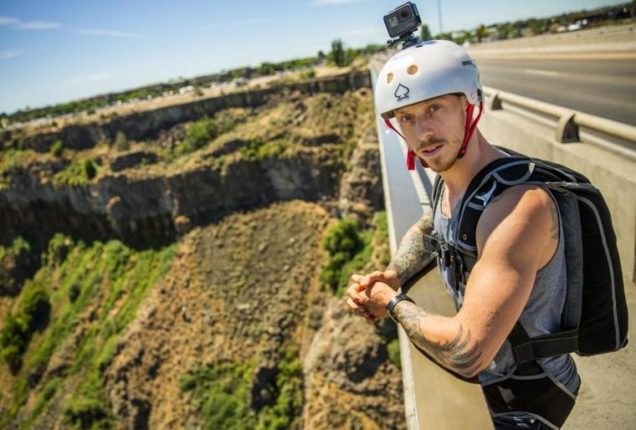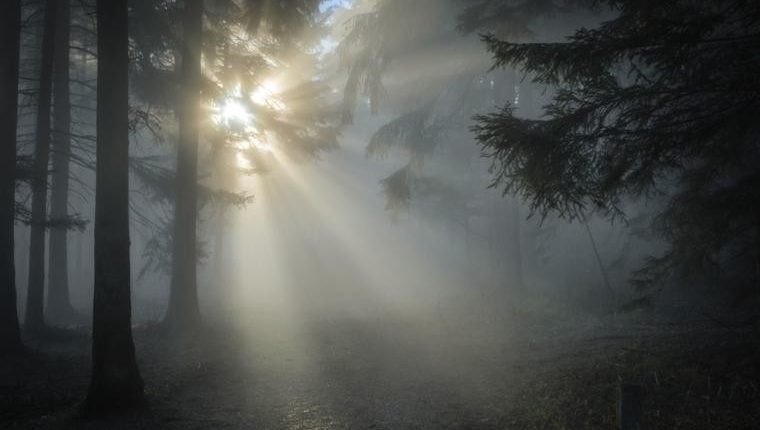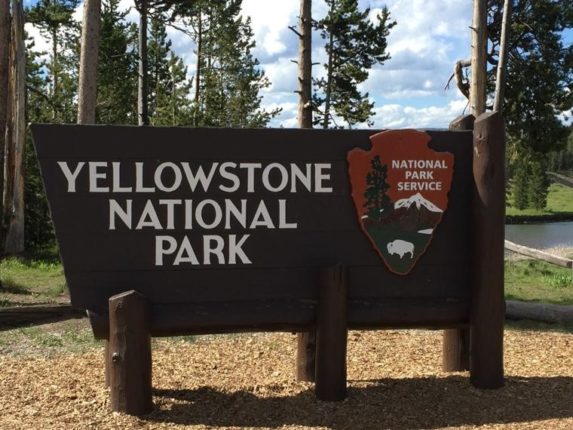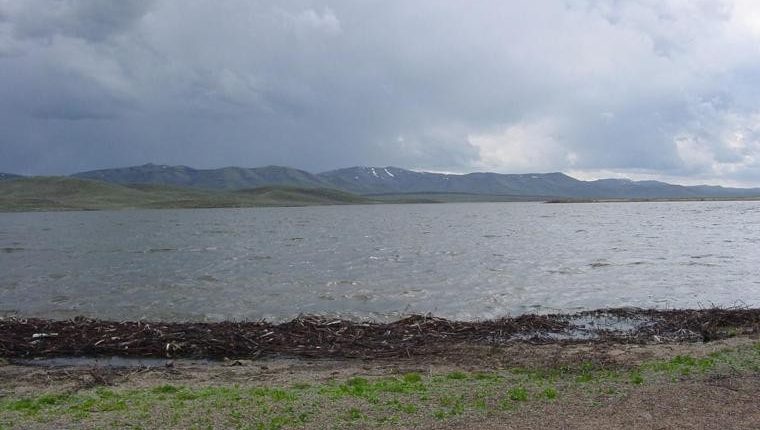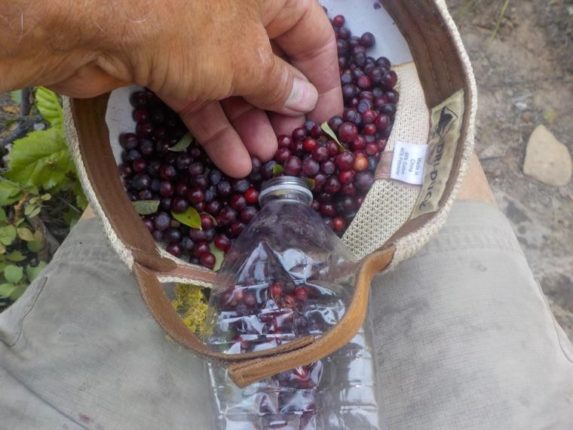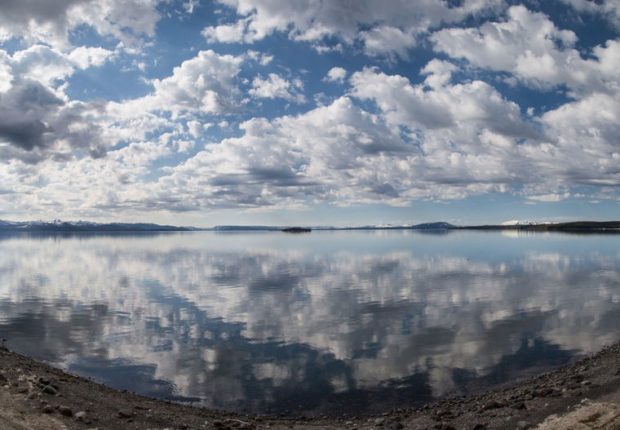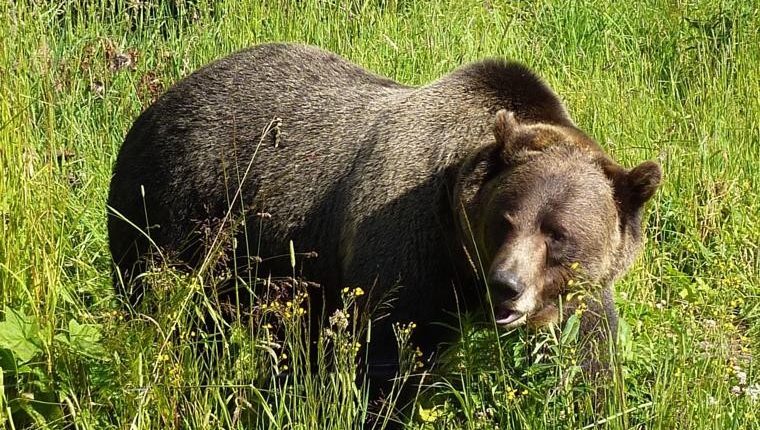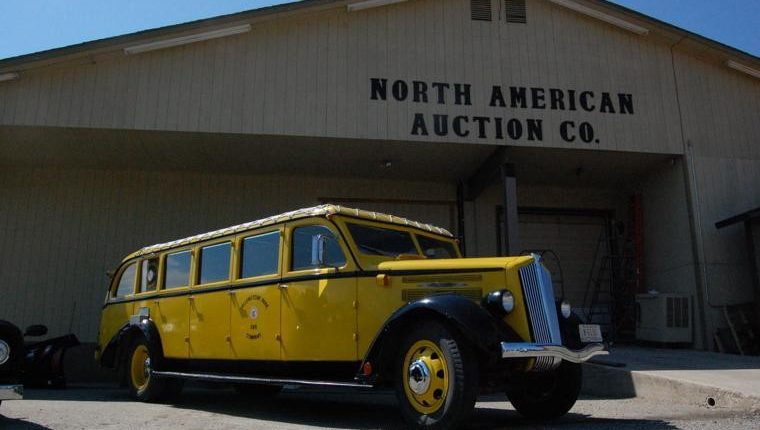Those of us that shoot for fun, in competitive shooting or hunt varmints, birds or big game are an opinionated bunch. Nowhere is that more evident than the controversy over whether we shoot several three-shot groups or five-shot groups and then let the rifle cool off before shooting a second or third group while sighting in our rifles.
I suspect most of us shoot the groups our fathers or other instructors taught us to shoot when we were first being taught to handle firearms safely. In my case I was taught to shoot three-shot groups and then let the rifle cool down between one or two more three-shot groups. But I was never told why to shoot three-shot groups instead of five-shot groups.
About the time I was in my mid-teens, it became obvious that some of my friends had been taught to sight in with two or three five-shot groups. At least we all agreed that we should shoot several groups, letting the rifle cool between groups.
I’m sure that many people would think that it really doesn’t matter whether three- or five-shot groups are used to sight in a rifle as long as the shooter has sighted in his rifle before trying to accurately hit targets or going hunting. However, this issue was a big deal to me, and I decided to get to the bottom of this controversy and find out which number of shots was best for sighting in my rifle.
So, which is the correct group: three or five? Are you ready for this? It depends on the intended purpose of the rifle and in some cases the caliber of rifle you intend to shoot.
Asking a 5.5 pound custom mountain rifle to shoot minute of angle five-shot groups is like asking a Ferrari to pull a horse trailer. It is a high-performance machine but it wasn’t built for that purpose. It will, however, shoot sub-minute of angle three-shot groups. Adding two more shots to the group will open up the group from a sub-minute of angle to as much as two inches. The light weight barrel on the custom mountain rifle makes carrying the rifle much easier in rugged terrain, but that barrel is more susceptible to the heat of firing several rounds than a heavier barrel and will start throwing shots a couple of inches off as the heat increases from firing.
It is probably a good idea to shoot some five-round shots through the light rifle to see where those extra rounds go, but don’t base a light rifle’s accuracy on more than three shot groups. We all want to make one-shot kills. Occasionally a follow-up shot is needed, but if you are sending four or five shots after an animal, you either need to spend more time at the range improving your marksmanship or you are trying to make low percentage shots you shouldn’t be taking.
On the other hand, if you are into long-distance shooting for fun or are competing in long-distance shooting, your rifle is probably much heavier than a light mountain hunting rifle and the barrel is heavier also. Five-shot groups are the norm for sighting in heavier rifles that will normally be shot from magnum rifles at long distances, the bench or at least at a shooting range. Those heavier barrels will handle a lot more heat with out throwing shots off than hunting rifles with lighter barrels.
If you plan on competing at Camp Perry or somewhere else where you will be shooting as many as twenty shots in each round, then you should shoot 20 shots when you sight in and when you practice.
Many three-gun competitors sight in their AR-15s with 10 rounds, but when preparing for matches they shoot twenty shot groups to make sure the rifle will shoot accurately during each round of competition
The three-shot group makes sense if I am shooting one of the .300 magnums or bigger. If I’m taking 40 foot-pounds of energy or more of recoil with each shot, I prefer to really concentrate on sighting in and get it done with two or three three-shot groups.
Not all hunting rifles carry five shots in the magazine. The .300 magnums and above normally carry three rounds with a fourth in the chamber if one desires.
If you are still not sure whether to sight in with three or five shots, let your rifle tell you by when it starts to throw shots off because of barrel heat. I still shoot three groups of three shots, letting my rifle cool between groups because that is what my father, grandfather and uncles told me to do.
Smokey Merkley was raised in Idaho and has been hunting since he was 10 years old. He was a member of the faculty of Texas A&M University for 25 years. There he taught orienteering, marksmanship, self-defense, fencing, scuba diving and boxing. He was among the first DPS-certified Texas Concealed Handgun Instructors. He can be contacted at mokeydo41245@hotmail.com.

